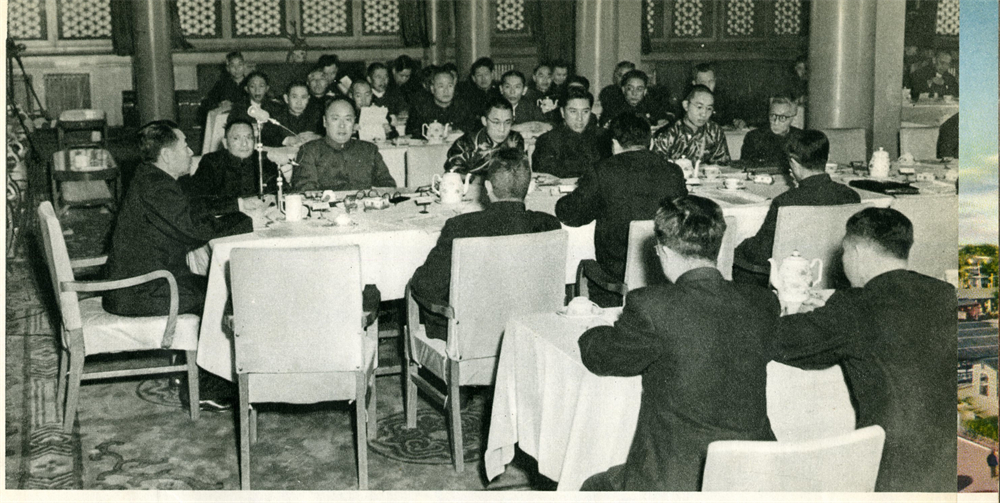
On March 9, 1955, the Seventh Meeting of the State Council passed the Decision on the Establishment of the Preparatory Committee for the Tibet Autonomous Region.
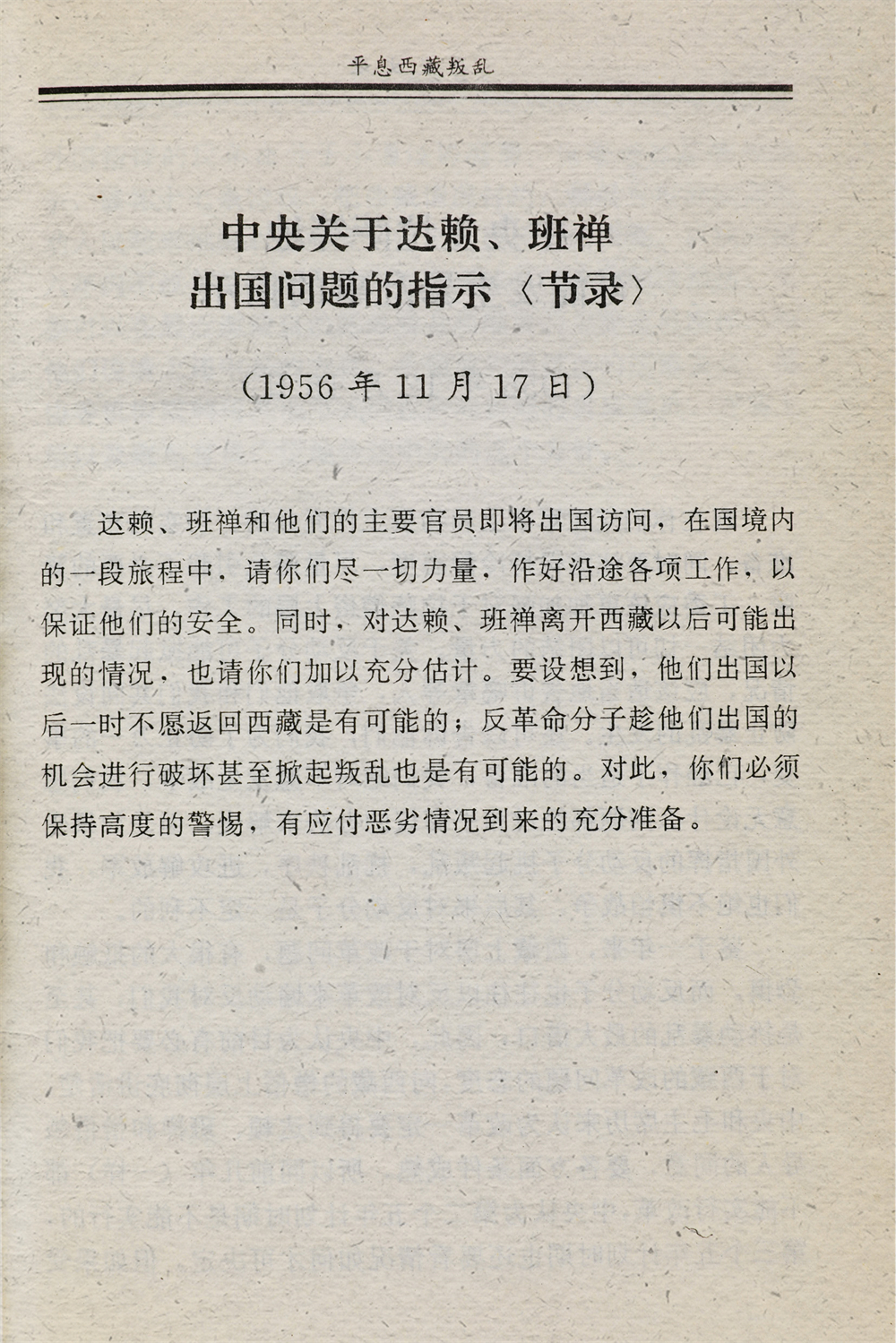
In 1956, the 14th Dalai Lama and the 10th Panchen Lama flew to India to participate in the 2500th anniversary of Sakyamuni’s Nirvana. Chairman Mao Zedong said: "We should consider in advance the possibility that they would not return to Tibet for a while after their landing abroad."
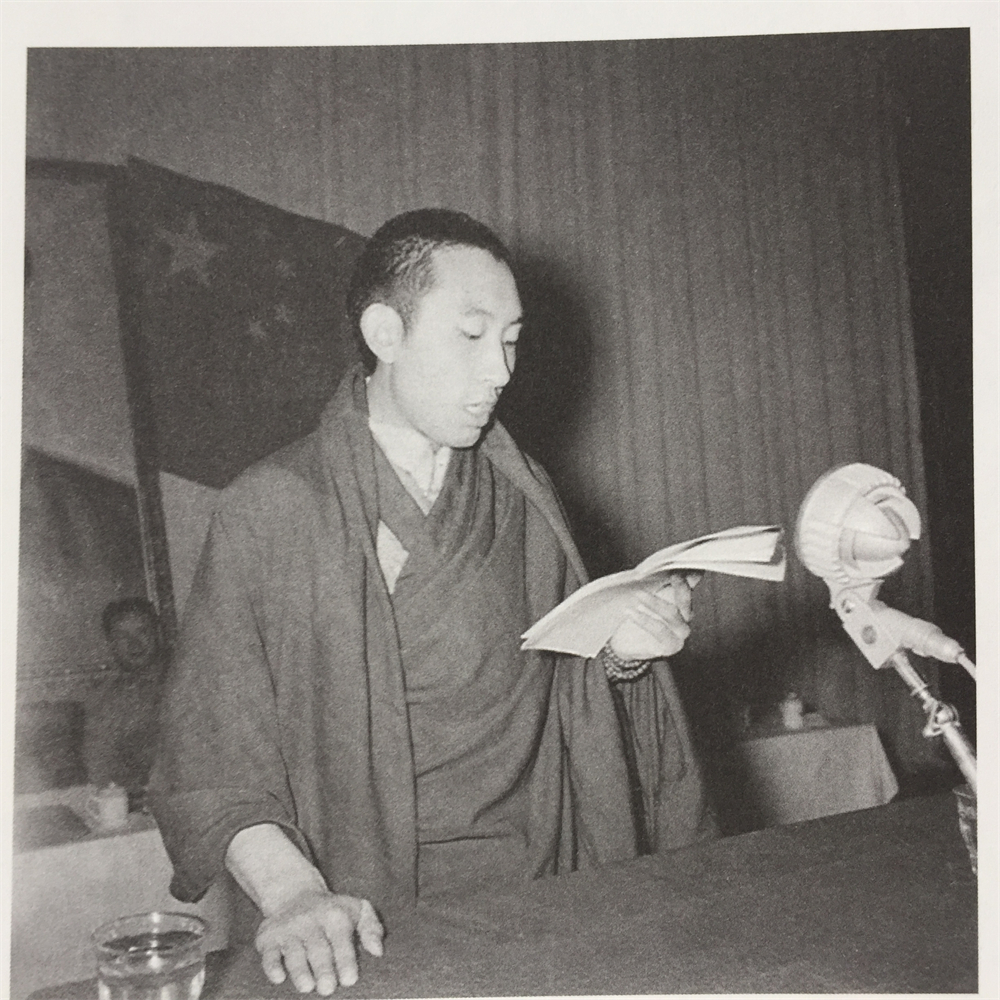
In September 1956, the 10th Panchen Lama announced that region under Panchen Kampus Assembly would be piloted for democratic reforms at the Inaugural Meeting of the Preparatory Committee of the Tibet Autonomous Region.
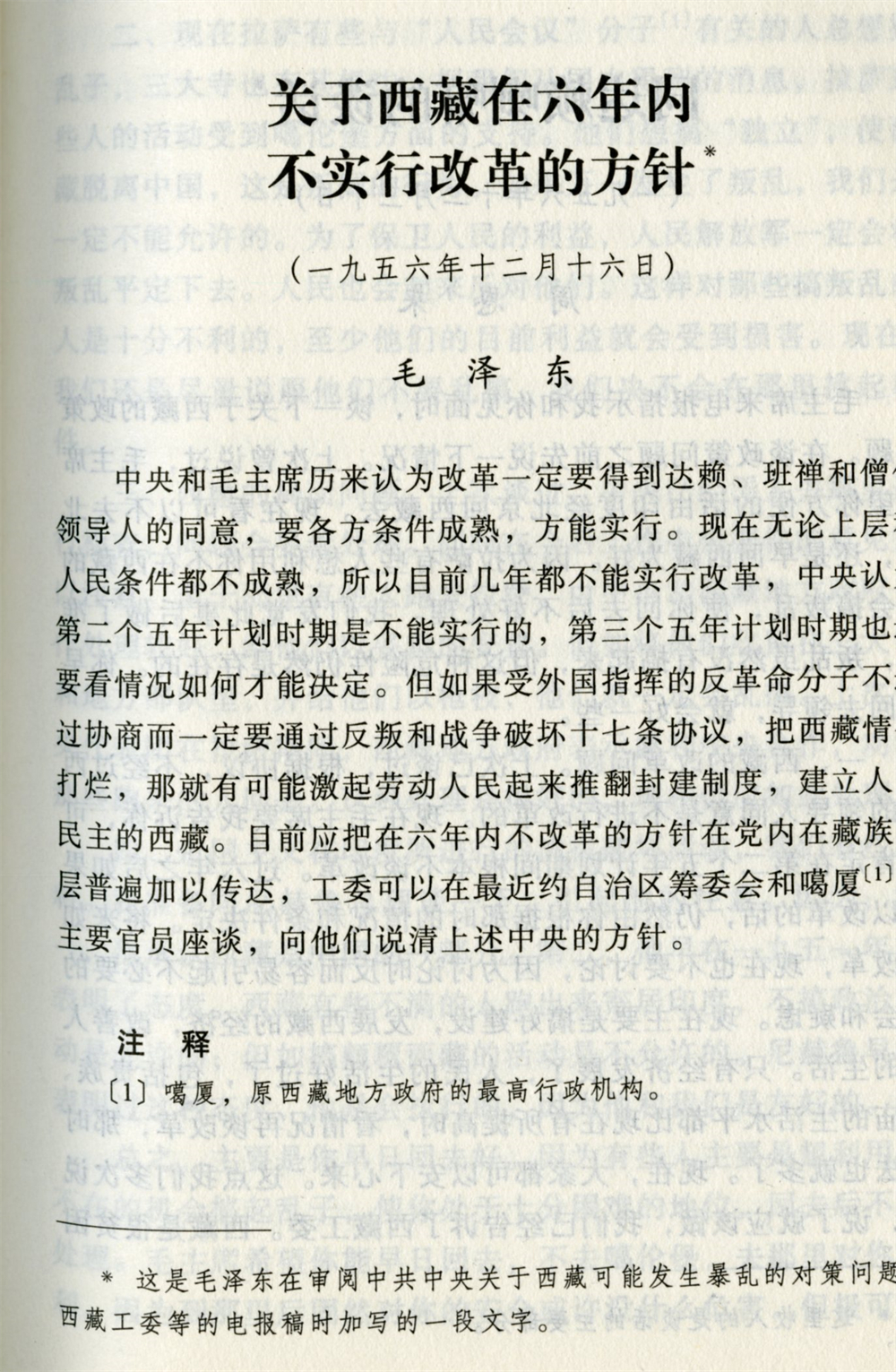
The CPC Central Committee and Chairman Mao believed that the Democratic reform in Tibet should only be carried out when all conditions met.
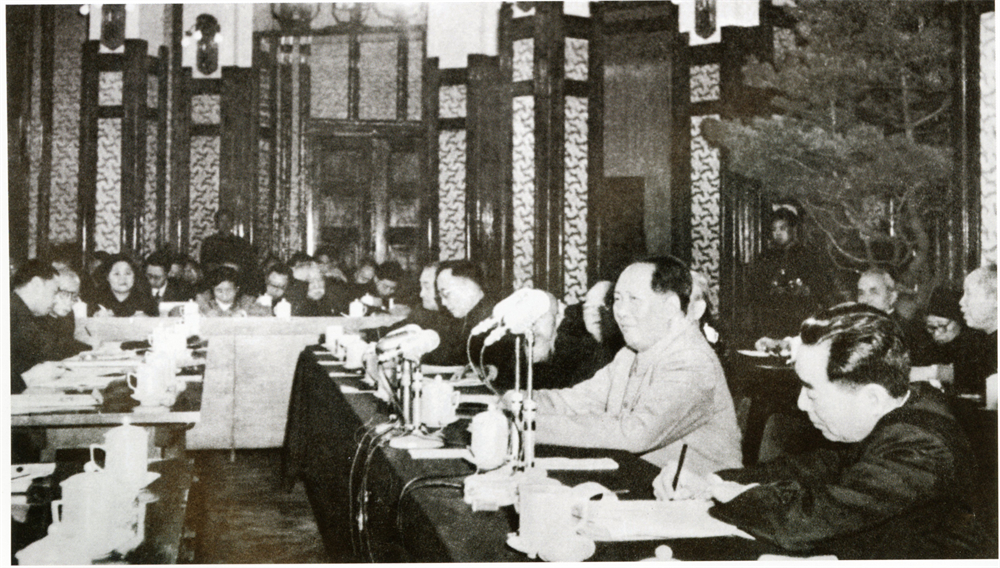
In 1956, Chairman Mao convened a conference to discuss the Tibetan social reform. He emphasized that according to the the Seventeen Point Agreement for the Peaceful Liberation of Tibet, the reform of the Tibetan social system must be implemented, but should not be acted with undue haste. When it could be implemented depended on decisions of majority and elites of Tibet.
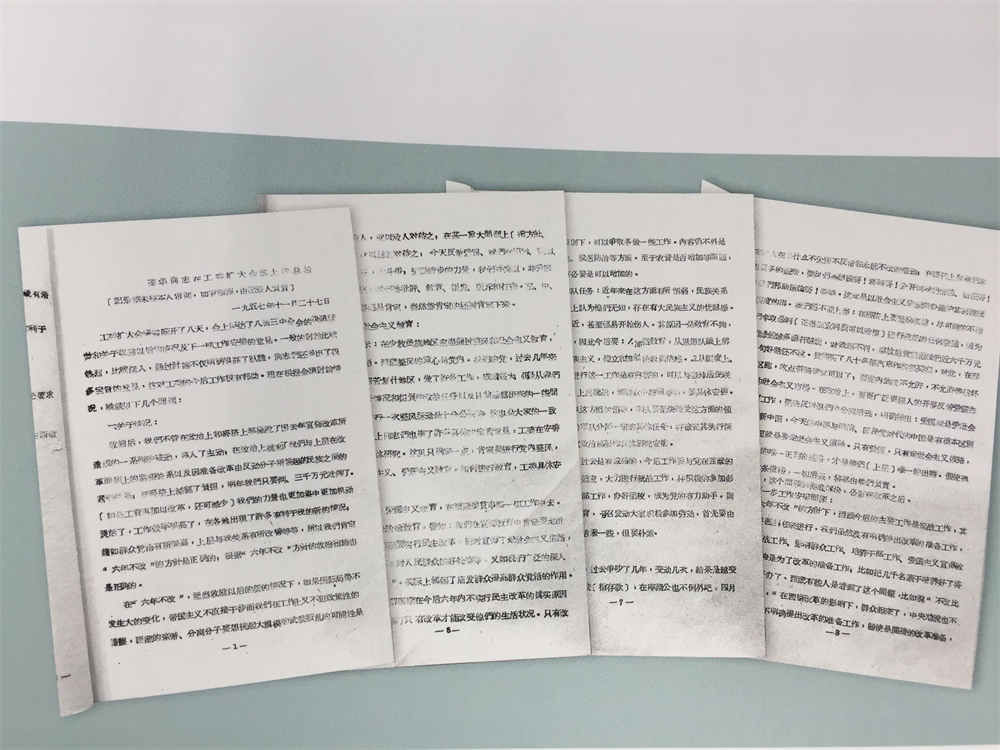
"Summary of Comrade Zhang Guohua at the Expanded Meeting of the Working Committee"In November 1957, the Tibet Working Committee held an enlarged meeting to summarize the implementation of the "No Change in Six Years" policy and contraction measures.
2020 Copyright by Museum of Tibetan Culture, China Tibetology Research Center All Rights Reserved.
Unless otherwise indicated, all of the content featured or displayed on the Site, including, but not limited to, text, pictures, videos and the 360° panoramic videos, is owned by Museum of Tibetan Culture.


Log InPlease log in and comment later